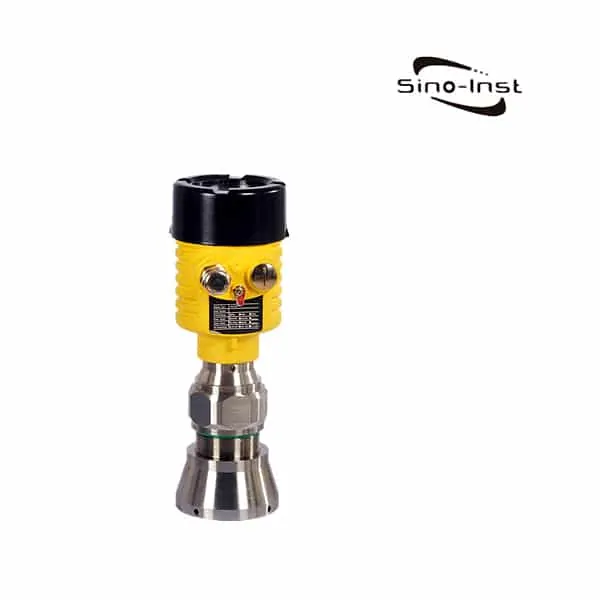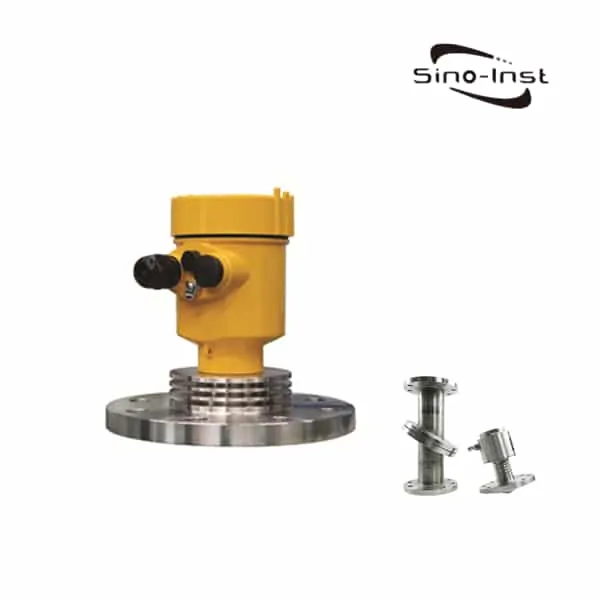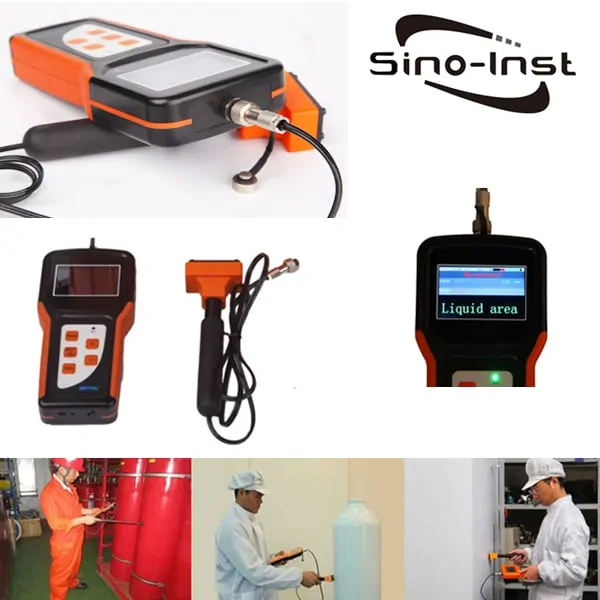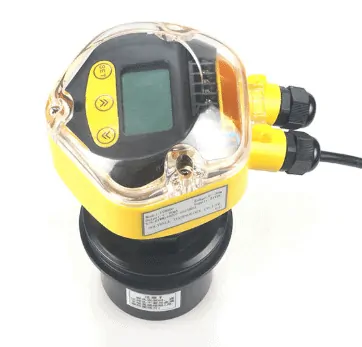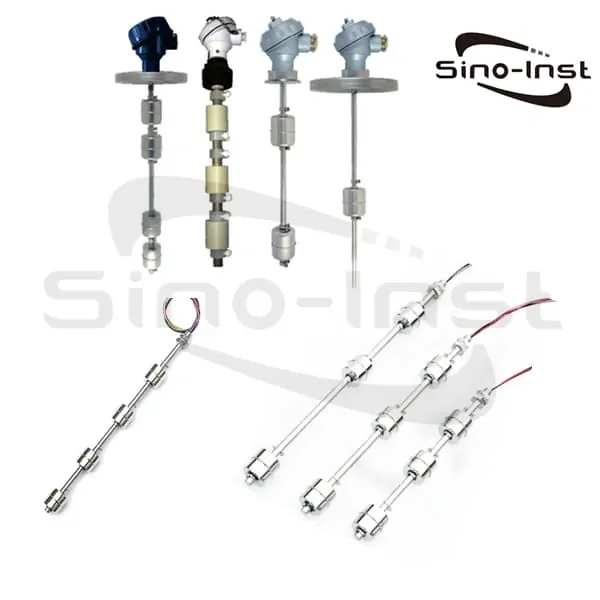Silo Level Sensor is specially used for level measurement of solid material silos (including fine ore silos). Perfect Solutions for Silo Level Monitoring and Control.
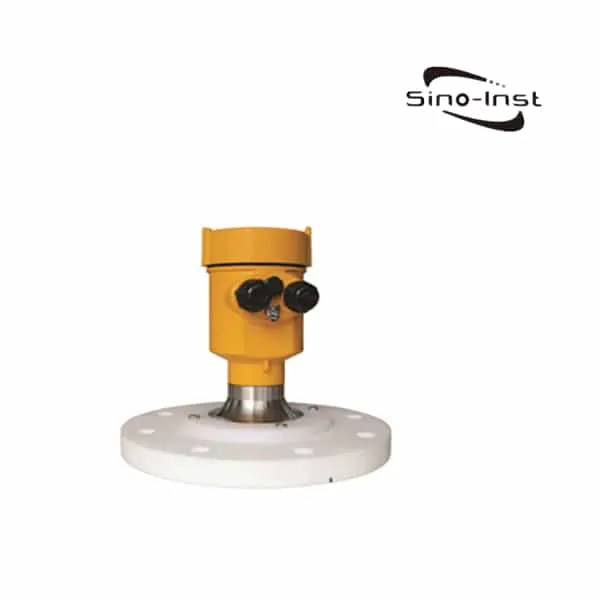
SI-FMF21 FMCW Radar Silo Level Sensor adopts 120GHz FM continuous wave technology, 10GHz sweep bandwidth, and has electromagnetic characteristics in the terahertz band. It has the ability to penetrate materials with small dielectric constant. In a strong adhesion and strong dust environment, the measurement is stable without interference and does not require any purge device. The measuring distance can reach 150 meters. Perfect solutions in continuous level measurement and remote inventory management systems.Like the storage of powders & bulk solids in bins, silos, vessels, etc.
Sino-Inst offers a variety of FMCW Radar Silo Level Sensors for industrial level measurement. If you have any questions, please contact our sales engineers.
Features of SI-FMF21 FMCW Radar Silo Level Sensor
- The 120GHz frequency modulated continuous wave radar level meter only needs 80ms to complete a complete measurement and calculation process for a distance of 100m. This allows the system to have more time and resources to deal with all kinds of things in meter level applications. For example: probability evaluation/prediction/credibility analysis/input/output/communication, etc.
- The PTFE lens antenna is fully enclosed and potted. It solves the structural treatment of the antenna near-field radiation suppression. This makes it have good directional performance. The beam angle is controlled within 1 degree. The manufacturing process difference of batch products , The deviation may be about ±0.3 degrees.
- The 120GHz frequency modulated radar level gauge is especially suitable for high temperature, high pressure or high dust, and multiple agitated spaces. It meets many measurement requirements that require a large range and high precision.
- Evaporation and dust will not affect the measurement;
- Level measurement of corrosive liquid, no contact, no corrosion-stable measurement;
- Liquid level measurement of foam and strong dust;
Specifications of SI-FMF21 FMCW Radar Silo Level Sensor
| Measuring medium: | Liquid |
| Measuring range: | 0.3m~150m |
| Process connection: | Flange≥DN80 |
| Process temperature: | -40~110℃ |
| Process pressure: | -0.1~0.3 MPa |
| Accuracy: | ±5mm |
| Protection level: | IP67 |
| Frequency Range: | 123GHz |
| power supply: | Two-wire system (DC24V)/four-wire system (DC12V~24V)/four-wire system (AC220V) |
| Explosion-proof grade: | Exia ⅡC T6 Ga / Exd IIC T6 Gb |
| Housing: | Aluminum/plastic/stainless steel |
| Signal output: | Two-wire system 4…20mA/HART protocol Four-wire system 4…20mA/RS485 Mod bus |
Radar Silo Level Sensor Applicaitons
Radar Silo Level Sensor is suitable for high temperature and high-pressure reactor, super large storage tank, and still tube measurement.
Radar Silo Level Sensor is suitable for high-precision metrological measurement and perspective measurement.
Radar Silo Level Sensor is suitable for extremely harsh working conditions such as strong dust and steam, and storage tanks with special processes such as stirring and heating rods.
- Blast furnace
- Sintering
- Alumina
- High temperature and high pressure reactor
- Chemical industry
- Torpedo car
- Liquefied petroleum gas
- Coal
- Food and grains
- Bulk materials
- Cement
- Coke

Extended reading: GWR Solid Level Sensor-for Cement silo-Ash powder measure
Solutions for Silo Level Monitoring and Control
Cement Silo Level Indicator
Cement industry material process storage level detection. Including clinker warehouse, raw meal homogenization warehouse, raw material mixing warehouse, limestone storage warehouse, raw coal warehouse and cement mixing warehouse, etc.
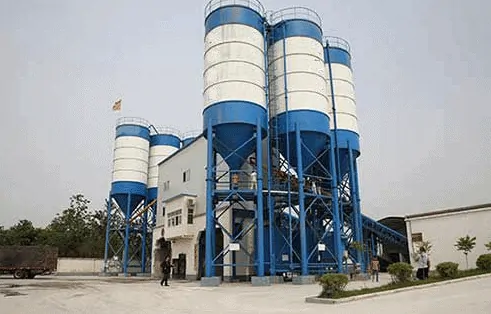
The cement silo (tank) is not a simple silo. It also contains many auxiliary devices. Such as arch breaking device, dust collector, level gauge, pressure safety valve and so on.
Today, I will mainly explain to you: the main functions and characteristics of the cement silo (tank) level sensor:
Extended reading: Radar level sensor for solids – Dust solid level measurement
First, the cement silo (tank) liquid level sensor is a sensor used to detect the height change of the material in the container. It can continuously detect the height, volume and other values of the material, and transmit the relevant information to the computer or display instrument.
Secondly, the cement tank liquid level sensor is mainly used to automatically detect and control the limit material level of various materials (such as powder, granules or blocks). Different types of material straightening machines can meet the requirements of different working conditions.
Furthermore, in the concrete mixing equipment, the cement tank is a closed storage device. The user cannot intuitively understand the amount of powder in it, and a liquid level sensor is needed at this time.
The liquid level sensor in the cement tank can accurately record the position of the material in the cement tank for easy management.
Lime Silo Level Sensor
As a multifunctional product, lime is not only used to purify raw materials, but also often used to clean and neutralize waste water from sugar beets. The resulting by-products are also useful because it contains a mixture of lime and organic residues. They are usually reused as soil additives and conditioners in agriculture and are rich in organic matter.
Most sugar processing plants have their own lime kilns, which require good high-purity limestone to burn. This “high calcium” limestone is converted into quicklime in a lime kiln at a temperature of 900°C. In order to obtain the milk of lime, the “calcined” lime is mixed into the water. In this process, accurate and reliable level measurement can ensure consistent production.
The processing area must have a high level of safety. Because lime is harmful, especially irritating to the skin and eyes. All outer surfaces of the radar level gauge are of plastic or stainless steel construction, with a fully enclosed PTFE antenna system. This means that in this highly alkaline environment, the sensor will have minimal corrosion and a longer service life.
Extended reading: Radar Level Meter for Corrosive Liquids
Featured Silo Level Monitoring Systems
FAQ
What is an ultrasonic level sensor?
Ultrasonic Level Sensing is a low-cost liquid level measurement technology. Ultrasonic Level Sensing sensors and transmitters are used for tank or river level measurement. Ultrasonic Level Sensing does not need to contact the medium, can be continuously measured at, low cost. Therefore, Ultrasonic Level Sensing is very popular among users. Ultrasonic liquid level sensors are available in general and intrinsically safe types. Output 4~20mA standard signal or output the measurement result to the secondary meter through RS-485. Meets the system’s automatic control.
Which sensor is used to detect water level?
The Water level sensor mainly has contact type and non-contact type. Different water level sensors have different working principles.
1. The first type is contact. Including single flange static pressure / double flange differential pressure liquid level transmitter, float type liquid level transmitter, magnetic liquid level transmitter, input type liquid level transmitter, electric inner float level transmission Devices, electric float level transmitters, capacitive level transmitters, magnetostrictive level transmitters, service level transmitters, etc.
2. The second type is non-contact. Divided into an ultrasonic liquid level transmitter, radar liquid level transmitter, etc.
What is the radar level measurement range?
When selecting radar, there is often a misconception that the selected range should be greater than the height of the tank.
In fact, the range marked on the radar maybe its range. The selection also depends on the characteristics of the container, such as the surface of the storage tank is stable or corrugated, and even stirring. The actual material level that the radar level gauge of the same model can measure under different conditions is very different. E+H’s FMR-23lE radar has a range of 20m, but it can measure 20m for liquids on a smooth surface. If it is used on a buffer tank without stirring and ripples, it can only measure 10m. When it is used to measure the material level with stirring of more than ten meters, the low material level is often not measured. This is actually the selection range is not enough, the problem is solved after increasing the range. Similarly, the dielectric constant of the medium is also easy to be ignored, and attention should be paid to the medium with a small dielectric constant.
Request a Quote

Wu Peng, born in 1980, is a highly respected and accomplished male engineer with extensive experience in the field of automation. With over 20 years of industry experience, Wu has made significant contributions to both academia and engineering projects.
Throughout his career, Wu Peng has participated in numerous national and international engineering projects. Some of his most notable projects include the development of an intelligent control system for oil refineries, the design of a cutting-edge distributed control system for petrochemical plants, and the optimization of control algorithms for natural gas pipelines.


